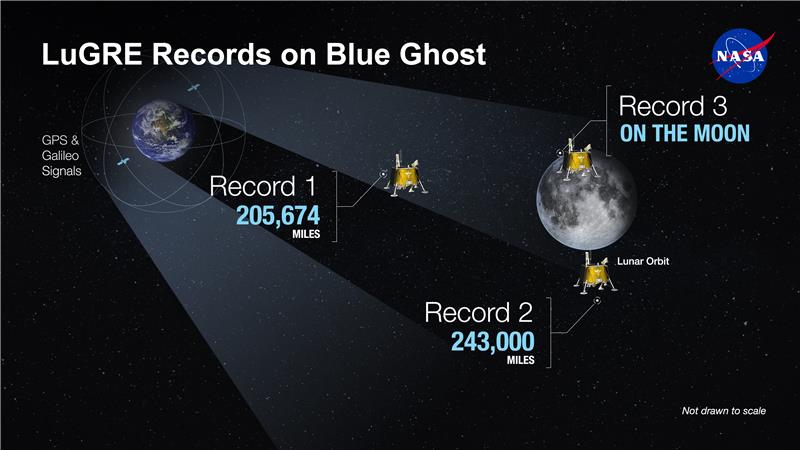ESA Video Game Trains AI To Recognize Craters On the Moon
Longtime Slashdot reader Qbertino writes: German public news outlet Tagesschau reports (source: YouTube) on an ESA video game that helps train a future moon lander’s guidance AI to spot craters. Games have already helped collect visual data on millions… Continue reading ESA Video Game Trains AI To Recognize Craters On the Moon
